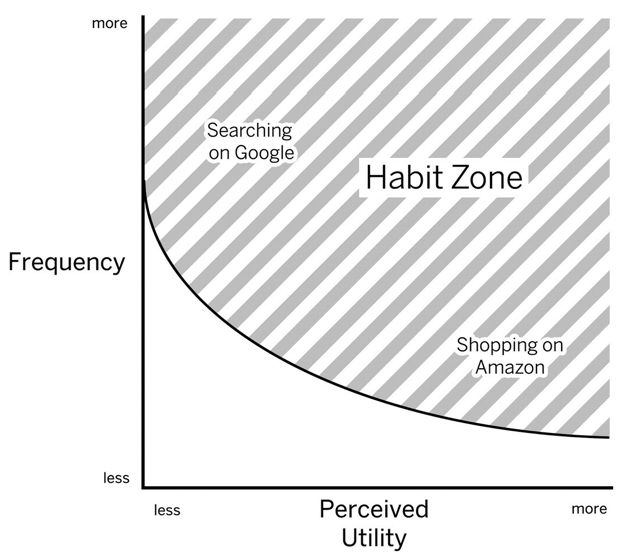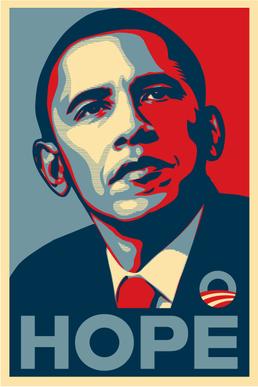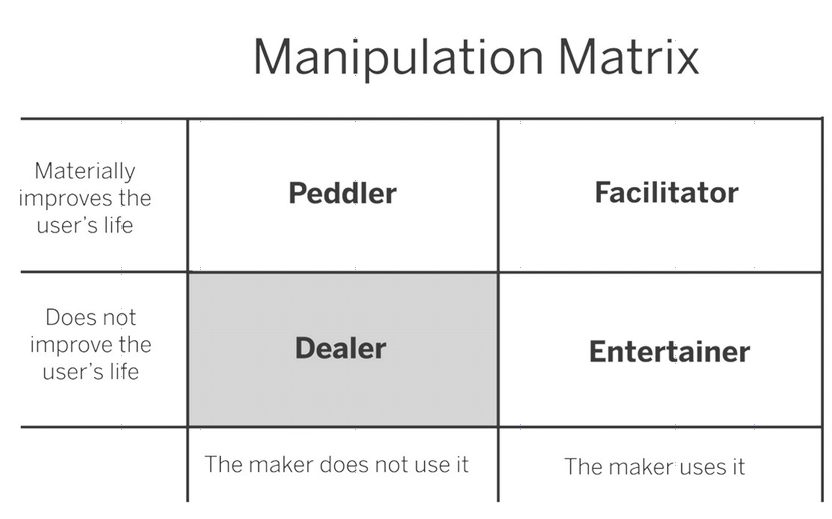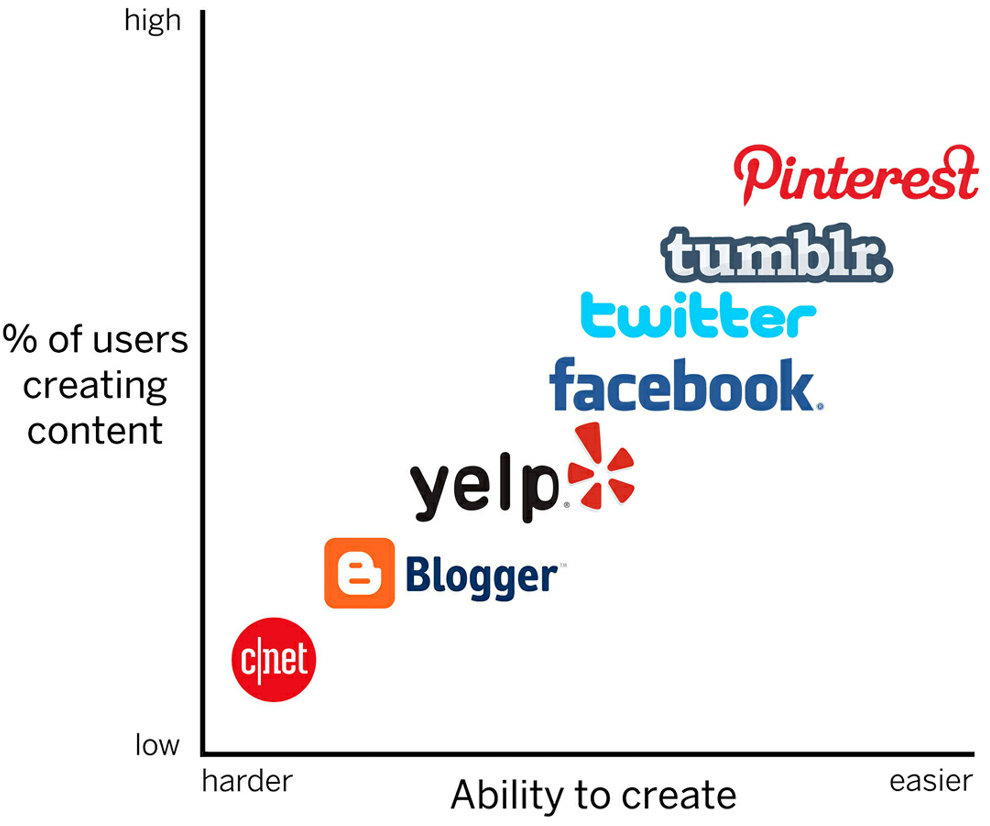Hooked: How to Build Habit-Forming Products?
@[toc]
Intro
What are habits? Do things just like doing no brainers. Businesses cultivating customer habits gain a significant competitive advantage. This book proposes The Hook Model describing how to form a user habit with four steps:
- Trigger
- Action
- Variable reward
- Investment
The Habit Zone
-
Benefits of Habits
- Increasing LTV
- Providing Pricing Flexibility. Warren Buffett: People are less sensitive to the price of products they formed routines around.
- Supercharging growth. ==More is more principle:== Linear decreasing of the Viral Cycle Time can speed up the user acquisition exponentially.
- Sharpening the competitive edge. 9x Effect: new product has to be 9x better than its existing competitor (which users have been familiar with) to win the market.
-
Successful companies build the mind monopoly.
-
How to identify the product's habit-forming potential?
- Not all software usage could form a habit. As presented above, only a behavior happens with ==enough 1) frequency and 2) perceived utility==, a.k.a entering a habit zone, can help to make it a default behavior.

- Habit-forming technologies often start as vitamins, but once the habit is formed, they become painkillers.
The Hook Model
Trigger
What cues people to take action? Triggers.
- External triggers to attract users first
- Paid triggers
- Earned triggers
- Relationship triggers
- Owned triggers
- Internal triggers
- Related to thoughts, emotions (particularly negative ones), or preexisting routines
- people suffering from symptoms of depression used the Internet more.
- The goal of a habit-forming product is to kill or relieve the user's pain.
Action
How to initiate any behavior?
B = MAT (behavior = motivation + ability + trigger)
- Motivation
- Three ==Core Motivators==. all humans are motivated
- to seek pleasure and avoid pain;
- to seek hope and avoid fear;
- and finally, to seek social acceptance and avoid rejection.
- examples
- Barack Obama's Hope Poster

- Sex Sells
- Sports Ads
- Ads trigger negative emotions such as fear
- Barack Obama's Hope Poster
- Three ==Core Motivators==. all humans are motivated
- Ability
- Easier task leads to the higher adoption rate
- Six elements of simplicity
- Time
- Money
- Physical effort
- Brain cycles
- Social deviance
- Non-routine
- examples
- Login with Facebook
- Share with twitter
- Search with Google
- Snap a picture with iPhone lock screen
- Pinterest infinite scroll
- Twitter uses the homepage to encourage certain behaviors
- Easier task leads to the higher adoption rate
- Daniel Kahneman: Four mental biases
- The Scarcity Effect: The appearance of scarcity affected their perception of value
- e.g. Amazon "Only 6 left in stock."
- The Framing Effect: The mind takes shortcuts informed by our surroundings to make quick and sometimes erroneous judgments.
- e.g. Tasting the same wine, the higher the price, the more pleasure people will feel.
- The Anchoring Effect: People tend to anchor to one piece of information when making a decision.
- e.g. 30% off
- The Endowed Progress Effect: people are more motivated when they believe they are nearing a goal.
- e.g. Linkedin Progress Bar near to finish to improve your profile strength.
- The Scarcity Effect: The appearance of scarcity affected their perception of value
Variable Reward
- Principles in our brains
- When do people feel happy about rewards?
- People feel happy not when they receive the reward itself but when in anticipation of it.
- Same rewards do not work over time. Fondness = familiarity + novelty.
- When do people feel happy about rewards?
- Three variable reward types
- The tribe: We seek rewards that make us feel accepted, attractive, important, and included.
- The hunt: We need to acquire physical objects, such as food and other supplies that aid our survival.
- The self: We desire to gain a sense of competency.
- Finding the proper variable rewards is not easy. Gamification is effective only when they really scratch the user's itch.
- Maintain a sense of autonomy. Let the user choose what to do.
- ==Finite variability== leads less engagement because they eventually become predictable. e.g. Zynga's FarmVille. People usually don't watch the Breaking Bad twice. Thus UGC is super valuable.
Investment
- The escalation of commitment: The more users invest time and effort into a product or service, the more they value it. Our labor leads to love.
- e.g. The origami bidding game: those who made their own origami animals valued their creation five times higher than the second group's valuation and nearly as high as the expert-made origami values
- e.g. IKEA effect is a kind of cognitive dissonance. The more effort we put into something, the more likely we are to value it; we are more likely to be consistent with our past behaviors; and finally, we change our preferences to avoid cognitive dissonance.
- E.g. social game mafia war
- People tend to use the product again if it stores values, which are
- Content
- Data
- Followers
- Reputation
- Skill
- How to compound user retention? Loading the Next Trigger with virtuous loops.
Should I use the hook model?

How to apply the hook model?
- Pros and cons analysis based on the model
- Habit Testing
- Identify the user workflow
- Identify the habitual users' workflow
- Experiment with promoting the habitual users' workflow to more users.
- Observe yourself
- Find ==nascent behaviors== that can go popular in the future
